The Immortal Beauty of the Japanese Woodblock Prints
written by art historian & curator
Japanese woodblock prints are a true masterpiece that has inspired artists and designers for centuries. This beautiful and unique art form is characterised by bold colours, intricate patterns, and delicate lines that work together to create an instantly recognizable visual language. Creating a Japanese woodblock print requires years of dedication and practice, which is a testament to the skill and commitment of the artists who specialize in this technique. This process involves carving an image onto a wooden block, inking it, and then transferring it onto paper. It’s a significant contribution to the development of Japanese art and culture, with some of the most beautiful and iconic images in Japanese history being created with this technique.
Videos on Japanese culture:
Whether you are interested in Japanese culture or appreciate fine art, exploring the Japanese woodblock print technique opens new perspectives about one of the most isolated countries in the world. Today, many artists specialize in this technique, and their work can be found in galleries and museums around the world.
The technique
Japanese woodblock prints are an art form that has captivated the world since its invention. These beautiful and intricate prints have a rich history and unique aesthetic that have inspired artists and designers around the globe. Mastering the technique requires a great deal of skill and dedication, and the artists who specialize in it are highly respected and admired.
The process of creating a Japanese woodblock print can take years of practice. First, the artist creates an image that will be carved onto a wooden block. This can be done by hand with a pencil and paper, or computer software to create a digital image. Once the design has been completed, it is transferred onto the wooden block. The block is typically made of cherry wood, which is known for its durability and fine grain. The image is then carved into the block using a variety of tools, including chisels, knives, and gouges. The level of detail and precision required for this process is staggering, and it can take years of practice to become proficient.
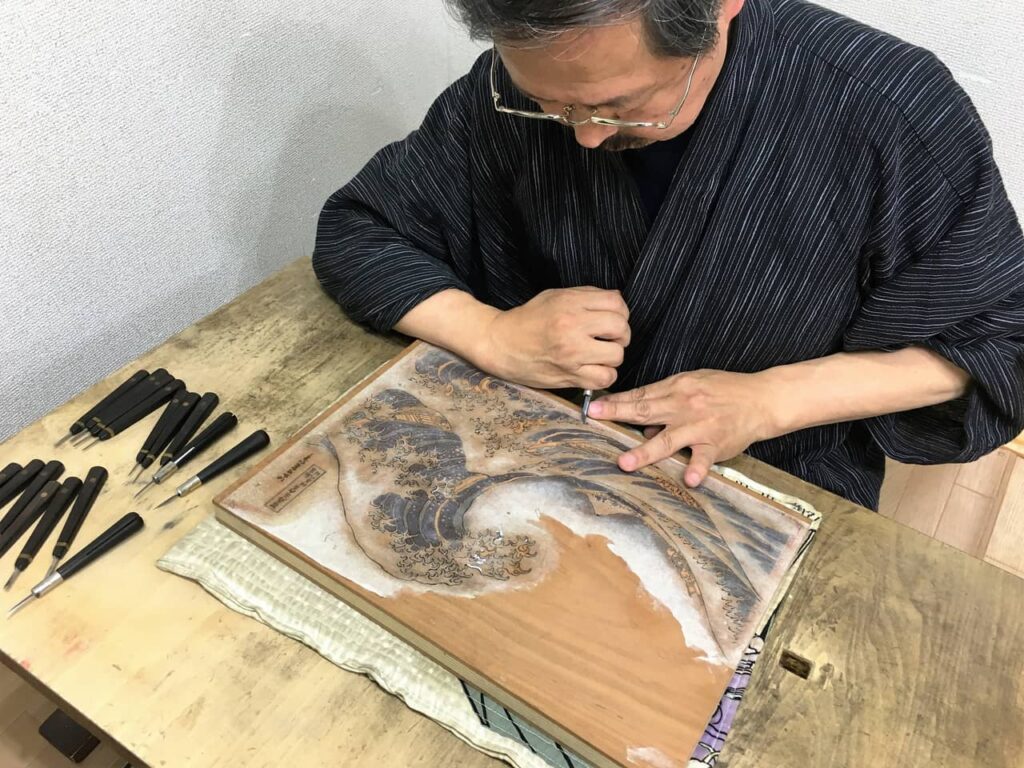
After the block has been carved, artists ink it. This involves applying ink to the raised surface of the block using a brush or roller. The ink is then transferred onto a sheet of paper by pressing the block onto it. This process is repeated for each color in the design, with each block representing a different color. The final result is a stunning work of art that has been carefully crafted over many hours of painstaking work. Despite the challenges involved in creating these prints, the art of Japanese woodblock prints continues to thrive and evolve, inspiring creativity and imagination around the world.
History and Meaning
Japanese woodblock prints have a rich history that dates back several centuries. They were originally used as a means of mass-producing images, such as religious texts and illustrated books. However, over time, they became a highly respected art form in their own right. One of the earliest forms of Japanese woodblock prints was the Ukiyo-e style, which emerged during the Edo period (1603-1868). The Ukiyo-e style, which translates to “pictures of the floating world,” emerged as a popular art form during this time. The Edo period was characterized by a long period of peace and stability under the rule of the Tokugawa shogunate, which allowed for economic growth and the rise of a prosperous urban merchant class.
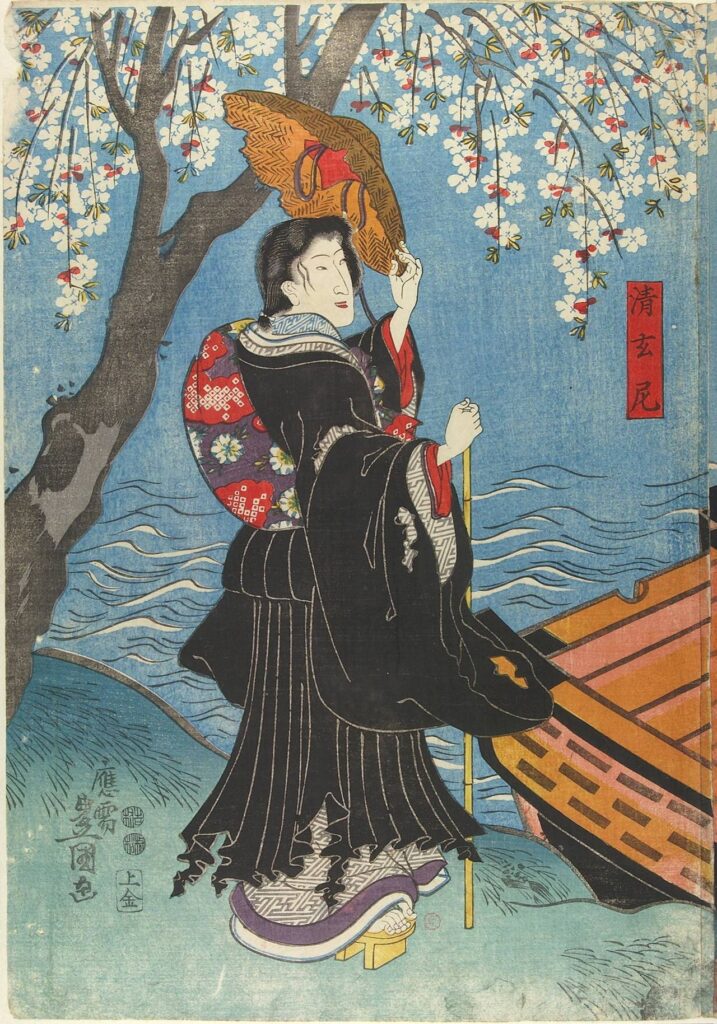
Ukiyo-e prints were initially created as black and white woodblock prints and gained immense popularity among the common people. The prints depicted various subjects, such as kabuki actors, beautiful courtesans, landscapes, historical scenes, and folktales. These themes often captured the fleeting nature of life, the allure of the entertainment districts, and the beauty of the natural world.
During the Edo period, technological advancements in woodblock printing techniques, along with developments in color printing, further contributed to the widespread appeal of Ukiyo-e prints. Artists like Hishikawa Moronobu and Torii Kiyonaga were pioneers in the early days of Ukiyo-e, but it was artists like Kitagawa Utamaro, Katsushika Hokusai, and Utagawa Hiroshige who achieved great fame and recognition for their contributions to the art form. The popularity of Ukiyo-e prints continued to grow throughout the Edo period, and they remained a significant cultural influence even after the era came to an end.
During the Meiji period (1868-1912), Japanese woodblock prints underwent a significant transformation. Artists began to experiment with new techniques and styles, and the subject matter became more diverse. The influence of Western art also became more prominent during this time, as artists were exposed to new ideas and techniques from Europe and America. Despite these changes, the traditional techniques used to create Japanese woodblock prints have remained largely unchanged. The process of carving the wooden blocks and applying the ink by hand is still considered the most authentic and traditional method.
Ukiyo-e had a significant impact on Western art as well, especially during the late 19th century when Japan opened up to the world after centuries of isolation. Artists like Vincent van Gogh, Claude Monet, and Edgar Degas were influenced by the composition, use of color, and themes found in Ukiyo-e prints.
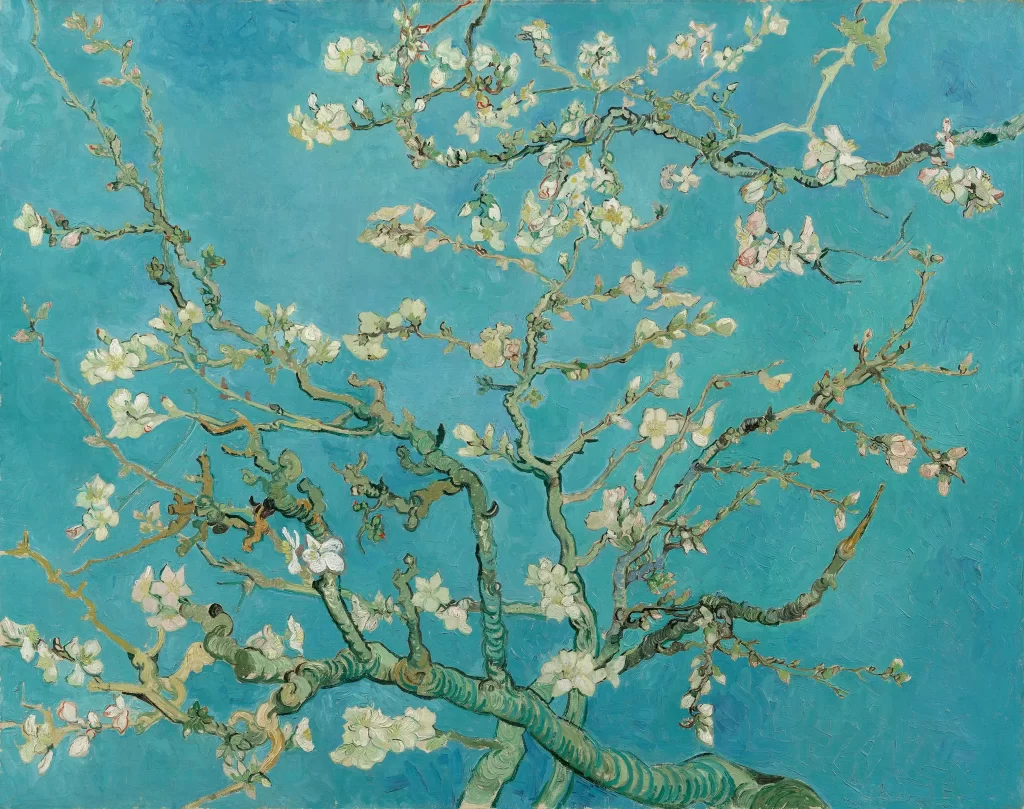
Today, Ukiyo-e remains an essential part of Japan’s artistic heritage and continues to be admired and celebrated worldwide for its exquisite craftsmanship p and unique artistic expression. One of the most challenging aspects of creating a Japanese woodblock print is achieving the right balance of color and texture. The ink used in the printing process is typically water-based, which means that it can be difficult to achieve a consistent and vibrant color. Artists must also be careful to avoid over-inking the blocks, as this can result in smudges and other imperfections.
Another challenge is maintaining the integrity of the wooden blocks over time. Because the blocks are made of wood, they can warp or crack over time, which can affect the quality of the prints. To prevent this from happening, artists must store their blocks in a cool, dry place and take care to avoid exposing them to moisture or other environmental factors.
Universal Masterpieces
One of the most famous examples of Japanese woodblock prints is “The Great Wave off Kanagawa” by Hokusai. This iconic image features a towering wave about to crash onto a small boat, with Mount Fuji visible in the background. The image has been reproduced countless times in various forms, from t-shirts to tattoos, and has become a symbol of Japanese culture around the world. Another famous example is “Red Fuji” by Hokusai, which depicts Mount Fuji in a sea of red clouds. This image is notable for its use of color, with the vibrant reds and oranges creating a sense of warmth and energy that is rarely seen in traditional Japanese art.

The art of Japanese woodblock prints has significantly impacted the world of art and design. Its unique aesthetic has been adapted and incorporated into a wide range of styles, from graphic design to fashion. The bold colours and intricate patterns of Japanese woodblock prints have become a staple of modern design, and continue to inspire artists and designers around the world. One of the key factors in the enduring popularity of Japanese woodblock prints is the level of skill and dedication required to create them. The artists who specialize in this technique are highly respected and admired, and their work is held in high regard by collectors and art enthusiasts around the world. In recent years, there has been a renewed interest in Japanese woodblock prints, with exhibitions and collections popping up all over the world. This renewed interest is a testament to the enduring appeal of this beautiful and unique art form and its ability to capture people’s imagination.
While Ukiyo-e is certainly one of the most famous Japanese art styles, Japan has a rich and diverse artistic heritage that includes other forms such as calligraphy, pottery, tea ceremonies, Nihonga (Japanese-style painting), and more contemporary art movements. Each of these styles has its unique place in Japanese art history and cultural identity and nowadays inspires people and contemporary artists more than ever.

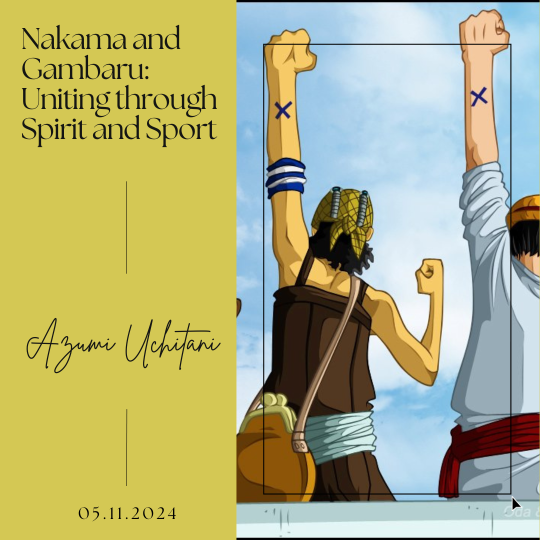
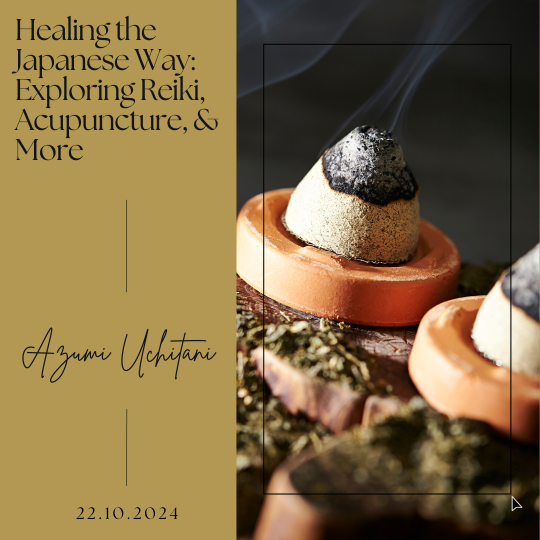
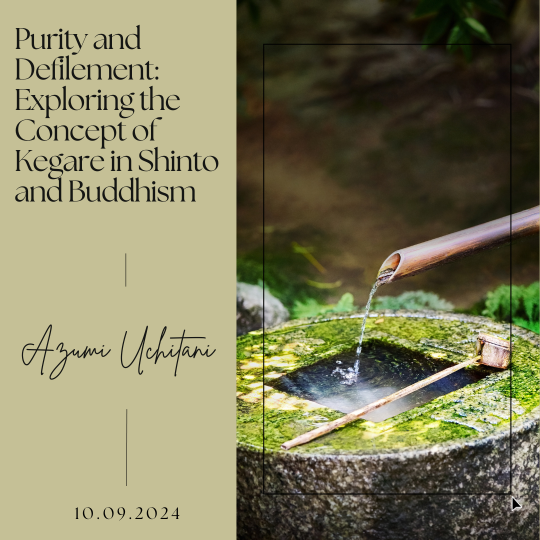

Leave a Reply